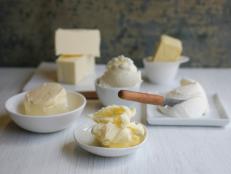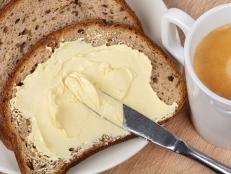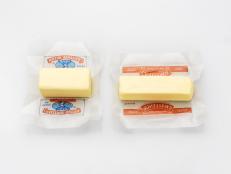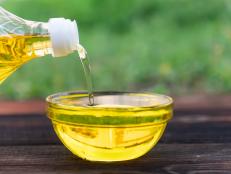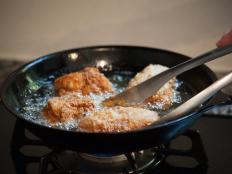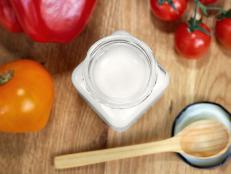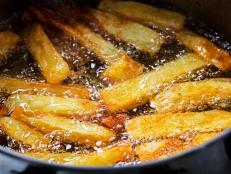How to Prevent Butter from Burning
And what to do if you’ve already burned it.
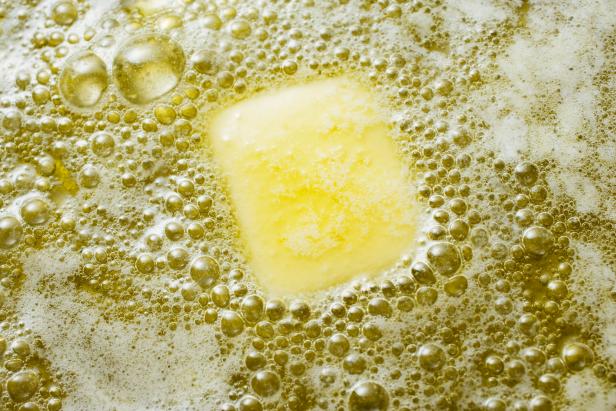
Foodcollection/Getty Images
By Dana Beninati for Food Network Kitchen
Dana is a host, chef and sommelier.
The perils of burnt butter are unmistakable – scorched pans, black specks on food, and an overwhelmingly bitter flavor. When we hear chefs warn against burnt butter, they often use terms like smoke points, indirect heat and milk solids. What does all of this even mean? Keep reading for the ultimate clarification of all your butter woes.
Why Does Butter Burn In the Pan?
To answer this question, we must first discuss the chemical composition of butter. Butter is made of water, a smidge of protein and a high concentration of dairy fat, otherwise called milk solids, which are very susceptible to burning. Butter is at the highest risk of burning in a pan, where it spreads into a thin layer as it melts, exposing the milk solids to direct heat.
European butters are known for having generous flavor and a golden hue. This is because they have a higher percentage of milk fat compared to American dairy. While this makes for an intensely buttery flavor and a texture that is easier to spread, it also means an even lower smoke point, making European butters the most fragile when cooking in a pan. Save these for baking or spreading on cooked items like corn, toast and pancakes.
How Do You Know If Butter Is Burnt?
Reminiscent of overcooked microwave popcorn, burnt butter smells pungent and slightly metallic. Burnt butter will have black debris floating in a sea of brown liquid. While this may be difficult to detect in dark or coated pans, you will see it quickly by pouring the butter into a clear or light colored heat safe dish.
If your butter has burned, remove it from the pan and wipe the pan clean before continuing to cook. It is best to allow the burnt butter to cool completely before disposing of it.
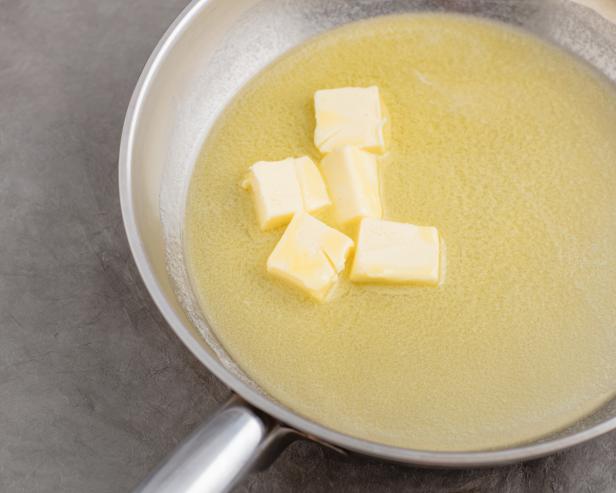
annick vanderschelden photography/Getty Images
Tips to Prevent Burning Butter
- Cut butter into pieces: Butter will melt more easily and evenly when cut into pieces. If melting a full stick of butter, it is possible to burn some melted butter before all it has the chance to melt.
- Use indirect heat: When working with butter, choose indirect heat whenever possible. Rather than melting butter in a pan directly on top of a burner or flame, start by letting the butter come to room temperature on the counter and then melt near a warm burner, grill or oven. If you must use direct heat like, use a low power setting, short spurts of heat and a bit of patience. For example, to melt butter in the microwave, heat for thirty second increments to gently melt without the risk of burning.
- Stop heating just before melted: To eliminate any risk of burning, remove butter from the heat just before it has all melted. The warmth of the melted butter will melt whatever remains.
- Work in batches: When cooking recipes that fry in butter, such as buttermilk pancakes, don’t add all the butter to the pan at once. Rather, use the butter sparingly, only adding more as the pan looks dry.
- Use an electric skillet or griddle: It can be difficult to prevent butter from burning on sources of direct heat, but electric tabletop appliances are great at regulating heat without any spikes in temperature.
- Transfer browned butter out of a hot pan: If your butter is on the edge of burning (aka it's browned), remove it from the heat and out of the hot pan. This will save it from burning if the pan is very hot.
- Add a splash of oil to overheated butter: Neutral oil, such as vegetable, canola or grapeseed, has a higher tolerance for heat than butter. Adding a splash of oil to overheated butter will lift its smoke point, armoring it against an impending burn. This may not always be a viable resolution for recipes that call of a stringent amount of fat, like a cake, but works well when sauteing or stir frying.
- Use clarified butter: Clarified butter has no milk solids, so the risk of burning is much lower.
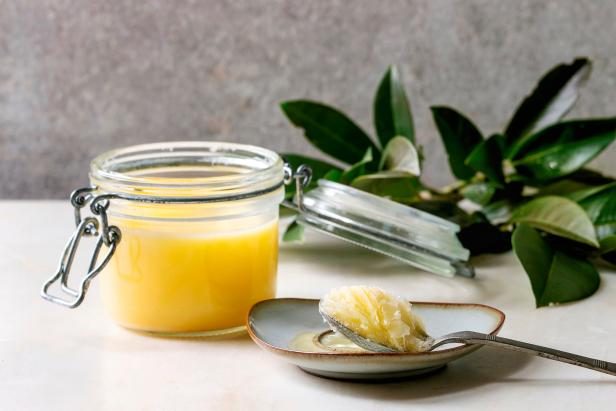
REDA&CO/Getty Images
What Is Clarified Butter? And Why Doesn't It Burn As Easily As Regular Butter?
Clarified butter, also known as Ghee, is a staple in most professional chef’s toolkits. Why is that? Because it delivers nearly the same irresistible flavor of butter, but with unmatched stability. Clarified butter has a greater tolerance for heat because the fragile milk solids and water have been removed, resulting in a product with a higher smoke point. Smoke point is the temperature at which a fat begins to smoke or deteriorate. Butter’s natural smoke point is around 350 degrees Fahrenheit. Direct heat over this temperature will result in burnt butter. Whereas, clarified butter can be heated to 450 degrees without risk of burning, making it a more suitable option for searing proteins or making sauces. Nowadays, clarified butter can be purchased in most grocery stores, but it is easy to make at home by melting butter, simmering off the water and skimming off all the milk solids with a spoon. Added bonus – it can be left out on the counter for a longer period of time than traditional butter, up to 6 months.
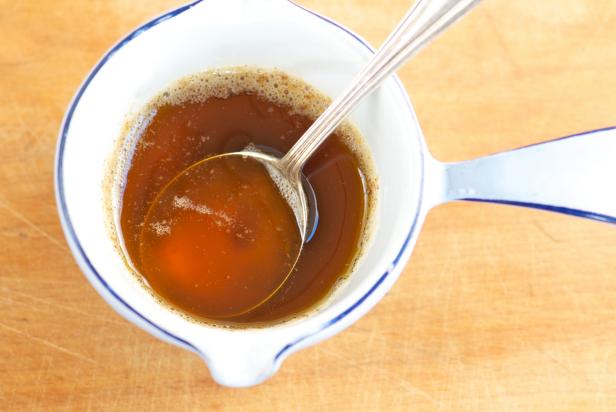
PoppyB/Getty Images
What Is Brown Butter?
Browned butter is the elegant balance between melted butter and its bitter, burnt cousin. It is achieved by gently heating melted butter until the milk solids have toasted and the liquid has taken on a golden brown hue. Brown butter smells pleasantly of toasted bread and tastes sweet like caramelized nuts. It effortlessly adds depth and sweetness to dishes, like these Brown Butter Oatmeal Cookies, Thumbprints or Madelines. If you accidentally burn butter while attempting to brown it, there is no going back. So, remember these tips: (1) use a light colored pan (2) stay on medium low heat, (3) swirl the pan often to settle the foam, making it easier to see how brown the butter is becoming.
Related Links:
























